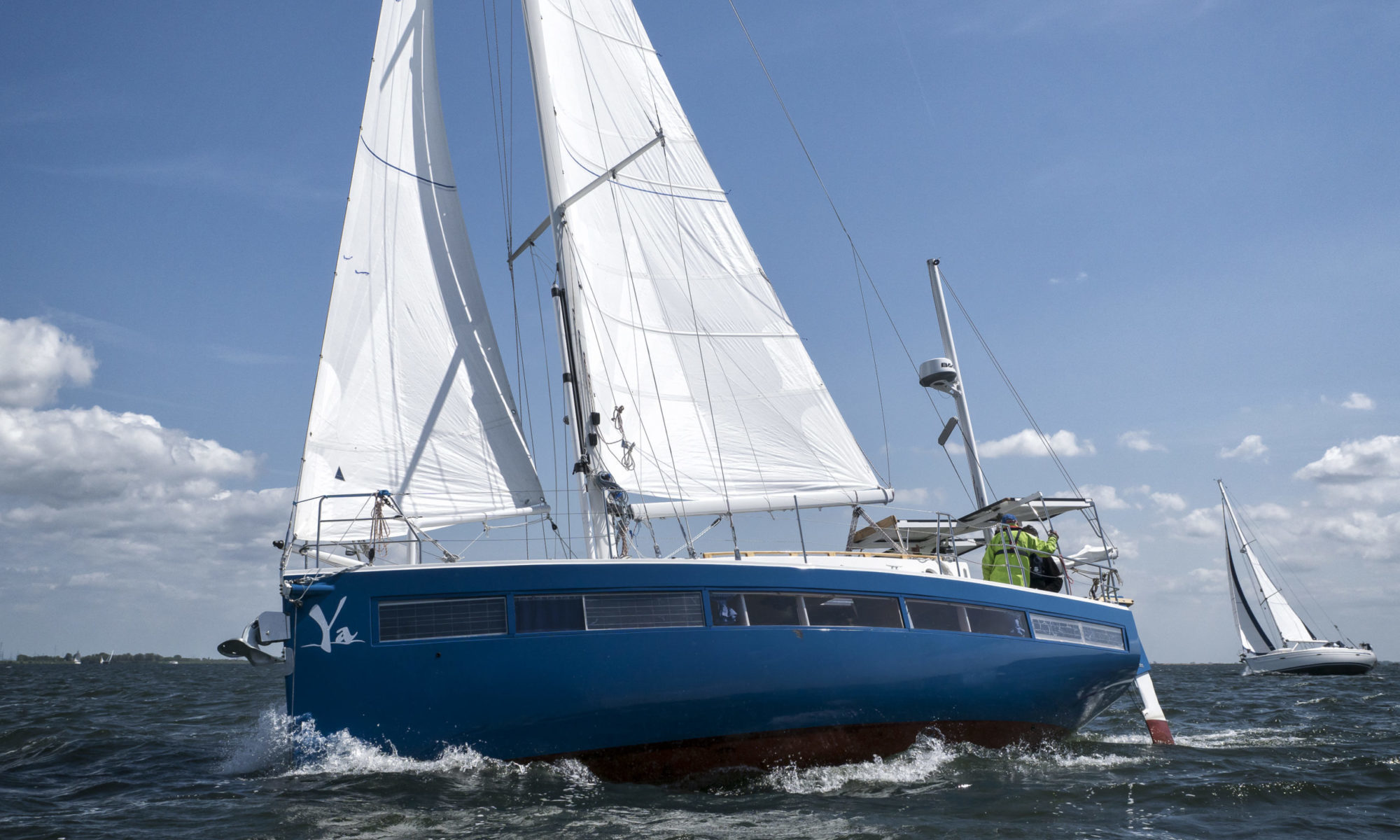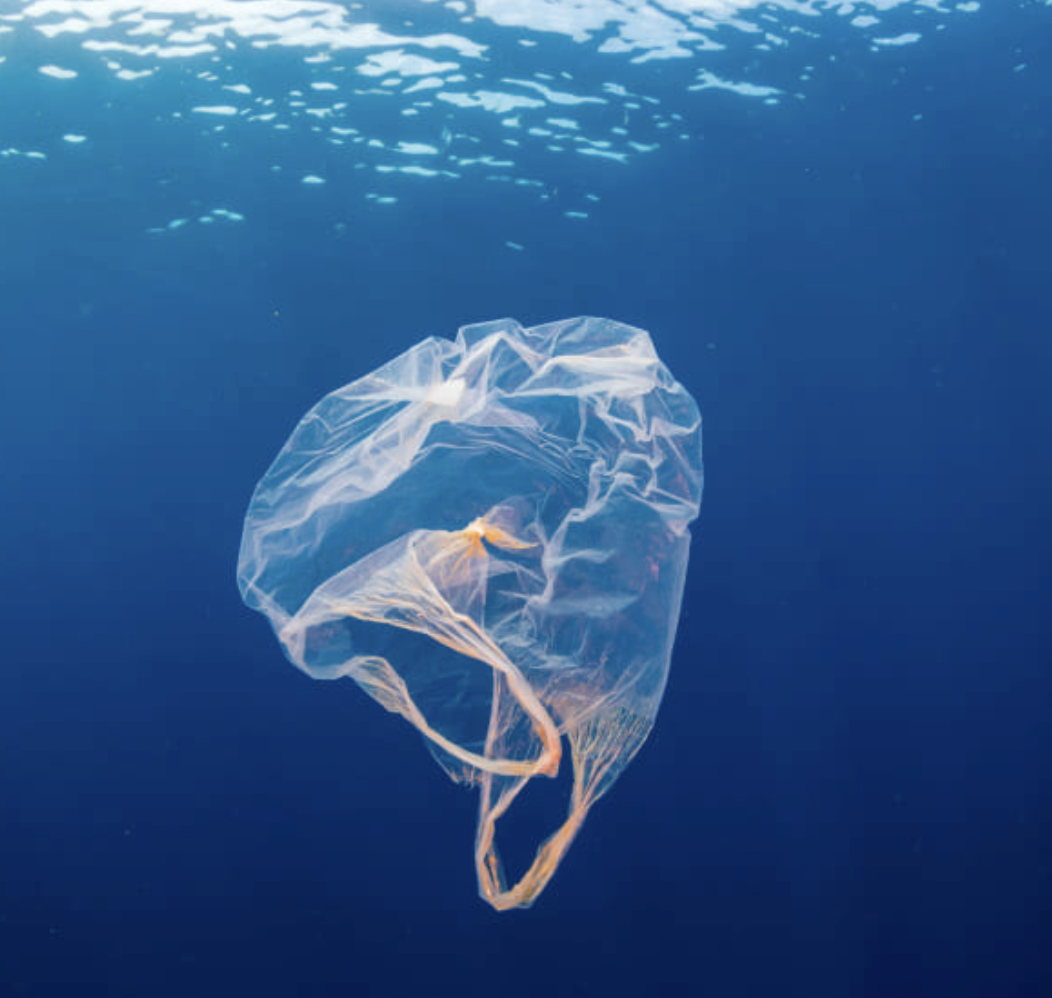There are many travel agencies considering sustainability, but Original Travel is a travel agency taking care of what we do with Mother Earth in all aspects. Vacation? Yes! Damage to Mother Earth? No!
On the website of Original Travel we found “40 Facts and Statistics About Tourism and Sustainability”in a prominent chapter. Are they undermining their own business? No, on the contrairy, they prevent and fight all negative aspects piece by piece in their way of organizing travels.
Here we highlight some of the facts and figures Original Travel has brought forward. They are on economy and ecology. We, as tourists, become aware of our foot print, and we start knowing what to do against it.
An honest, open and courageous step of Original Travel. Follow it.
The economy of the blue tourism
Blue tourism is the main motivator to travel
50% of all tourism is motivated by blue tourism. People love to see and explore the coastal and marine areas and it is often the main motivator to choose their travels. For the American and European continent, it is even 80%.
The marine tourism is a rising market. In 2023 it is doing 70 billion, but in 2030 the market is projected to have risen to 113 billion.
The EU blue economy is fast growing and big
With a annual growth of 20-25 % , and a turnover of 1 trillion now, the blue economy is the future. Did you know that only the wind e nergy production has risen more 300% since 2015!
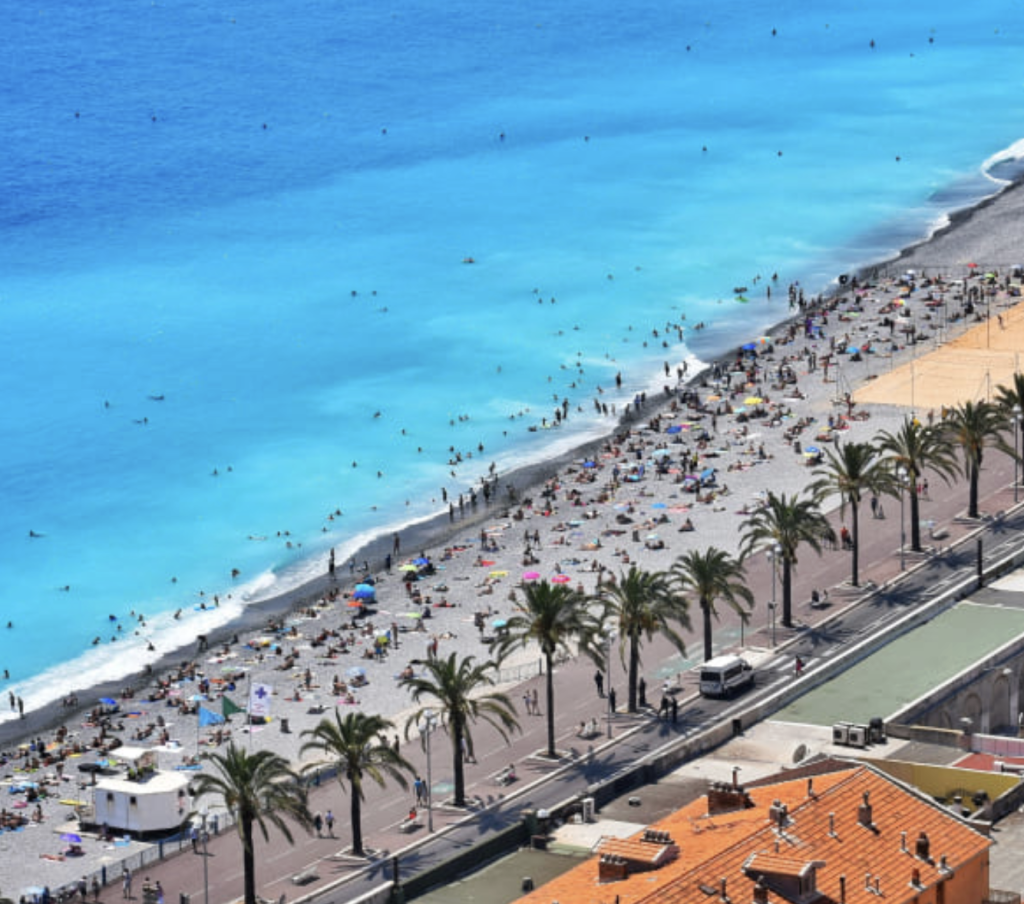
Coastal tourism is a money generator in Europe
It adds 50 billion Euros on value to the European economy. It creates nearly 2 million jobs across the continent.
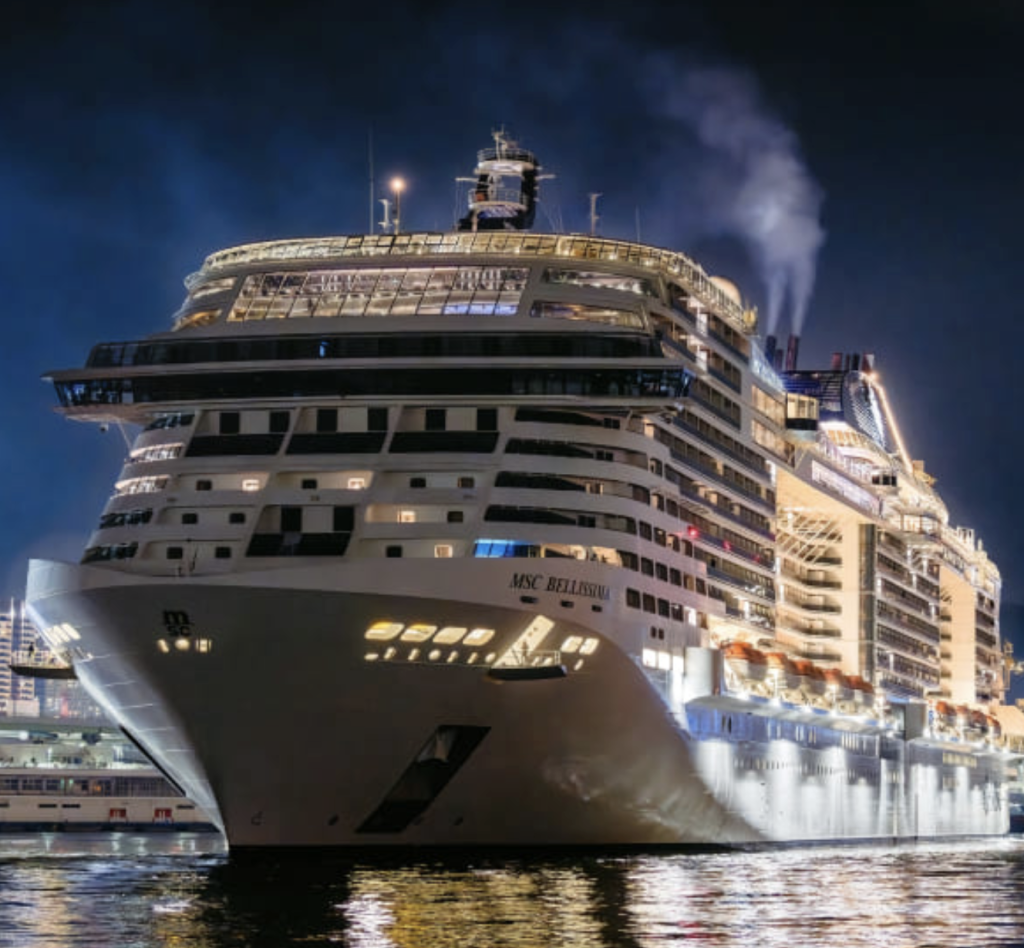
The Atlantic and Pacific are the oceans wht the future economical growth
The ecology of the coasts and oceans
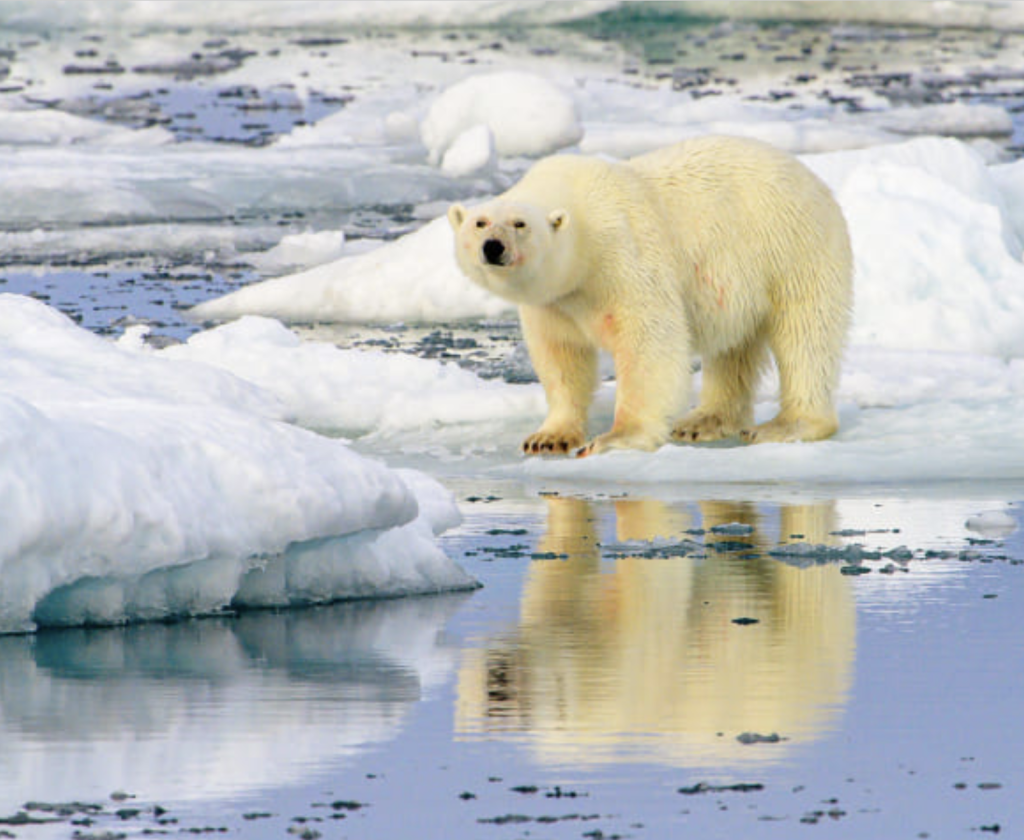
Each tourist melts 83 tonnes of snow
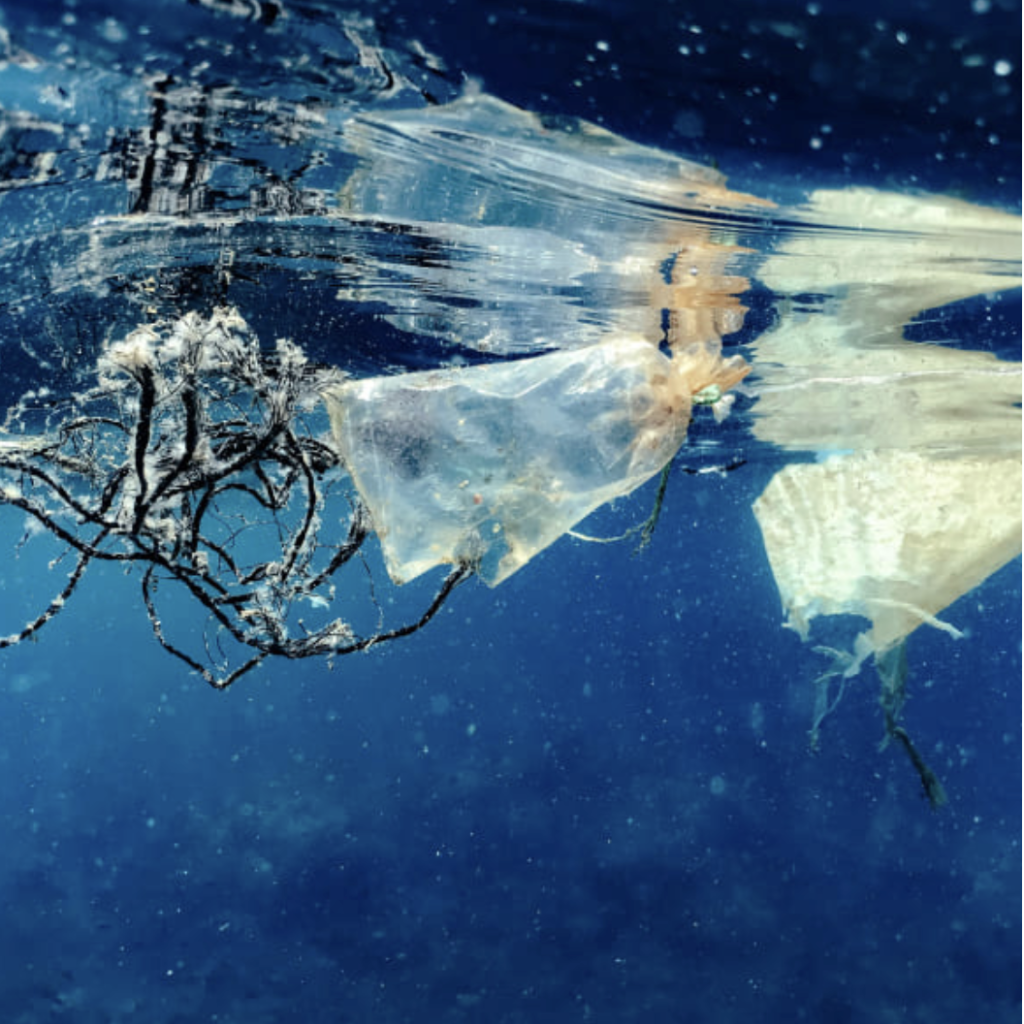
The Atlantic is believed to absorb 0.11 million metric tons of plastic waste every year just from the US.
The Pacific meanwhile is home to the Great Pacific Garbage Patch – a huge mass of debris and rubbish which is believed to be 1.6 million square kilometres in size. That’s three times the size of France.
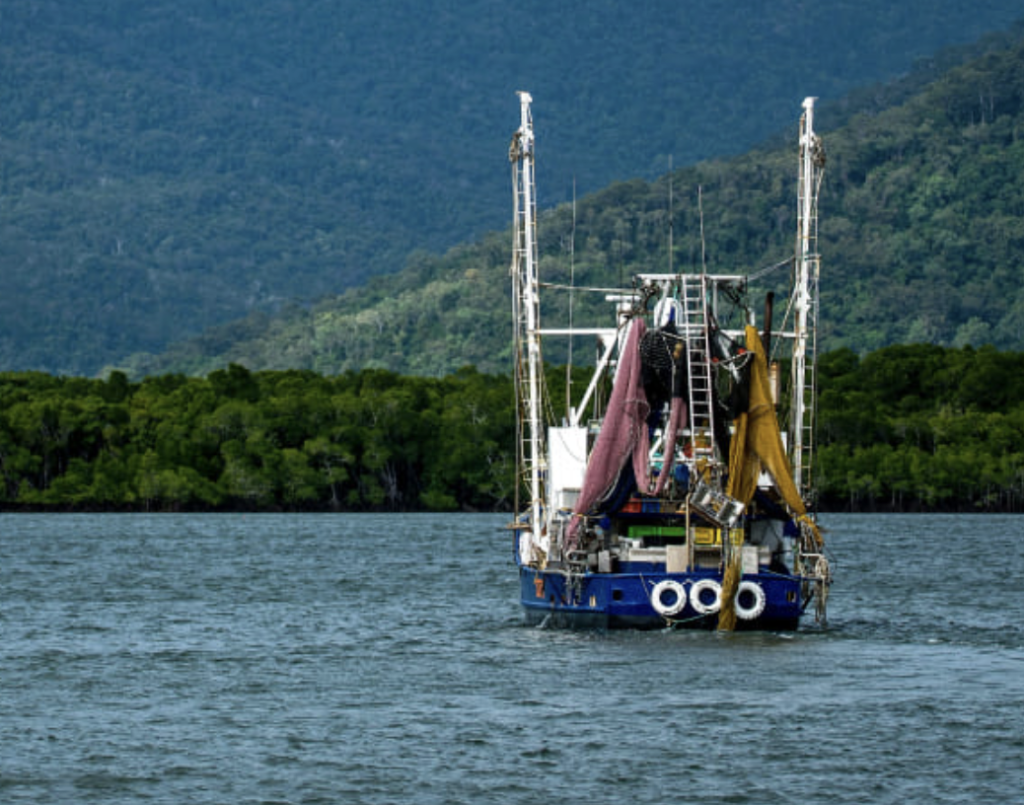
The most harm to the seas was found to be the fishing and aquaculture sector – although in this instance, up to 40% of companies operating in this sphere did at least understand and acknowledge the impact they were having.
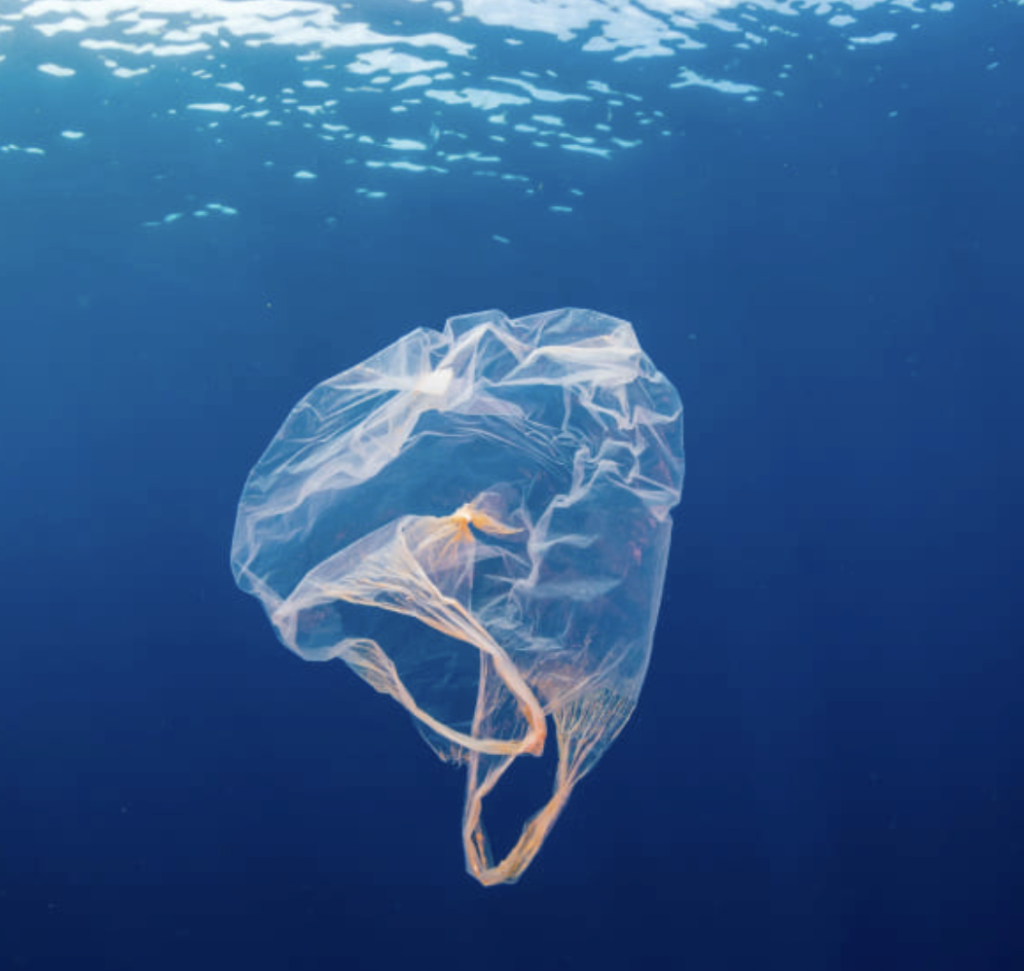
In 2035 we may see more plastic than fish.
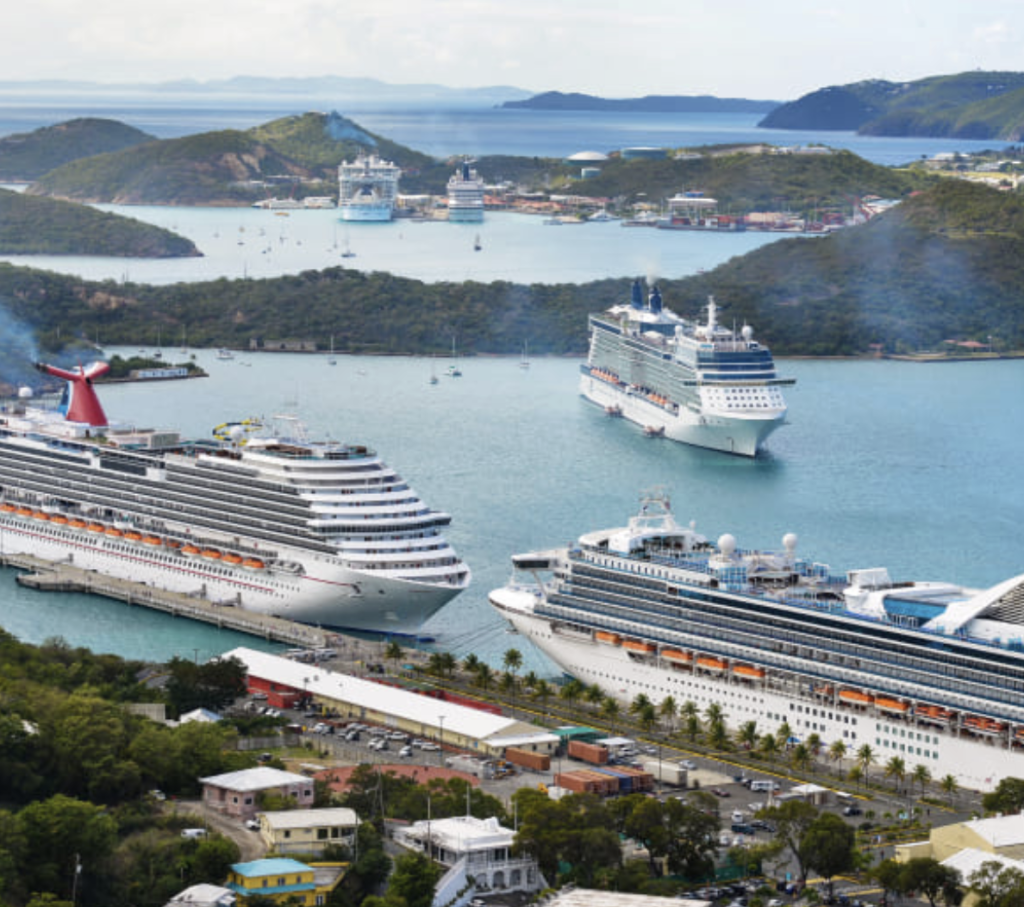
A small area can never ever cope ecologically with a high concentration of pollution
Next week we go to all solutions, especially how we can change our way of celebrate our vacations and travels.
Lots of thanks to https://www.originaltravel.co.uk/tourism-and-ocean-sustainability-facts
